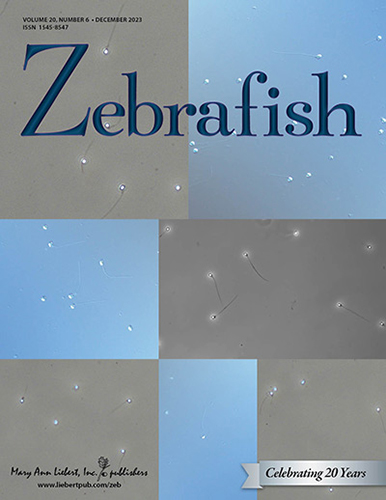2023-12-27 アイルランド・リムリック大学(UL)
◆この研究は、母体または新生児敗血症の原因エージェントの早期発見に寄与するものであり、国内および国際のガイドラインが一貫性がない中で、胎盤のスワブが最も効果的であることが強調されました。
<関連情報>
- https://www.ul.ie/research/news/university-of-limerick-led-research-reveals-best-approach-for-detection-of-maternal
- https://journals.plos.org/plosone/article?id=10.1371/journal.pone.0295210
妊産婦周産期敗血症の微生物病態: 単一施設による5年間のレトロスペクティブレビュー The microbial pathology of maternal perinatal sepsis: A single-institution retrospective five-year review
James Powell,Clare M. Crowley,Brid Minihan,Mendinaro Imcha,Nuala H. O’Connell,Roy K. Philip,Colum P. Dunne
PLOS ONE Published: December 27, 2023
DOI:https://doi.org/10.1371/journal.pone.0295210
Abstract
Introduction
Greater than half of in-hospital maternal deaths are caused by sepsis, a condition that occurs when infection exceeds local tissue containment and results in organ dysfunction. Determining the source of infection can be challenging. Microbiological cultures of the uterine cavity are often difficult to obtain, so antimicrobial susceptibility results may not be available to guide treatment. The aim of this retrospective study was to assess the potential clinical value of microbiology samples used in the maternal “septic screen” of patients in an Irish maternity hospital.
Methods
A review was completed of all maternal “septic screen” (i.e., high vaginal swabs, placenta swabs, blood cultures, throat swabs and urine samples) microbiology results from July 2016 to December 2021.
Results
In the relevant period, 845 patients were subject to a “septic screen”, of whom 430 also had a placental swab collected. These 430 patients comprise our study population. 2% of blood cultures yielded potential pathogens, compared with 37%, 33%, 9% and 7% respectively for placental swabs, high vaginal swabs, throat swabs and urine specimens. 95% of blood cultures were sterile, compared with 52%, 0%, 0% and 53% respectively for placental swabs, high vaginal swabs, throat swabs and urine specimens.
Conclusion
Of the five microbiological specimen types examined, placental swabs yielded the highest number of potential pathogens. Our results suggest that placental swabs are useful specimens for detecting potential pathogens from the uterine cavity, the most common source of perinatal infections.


